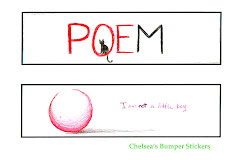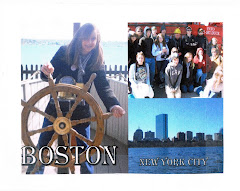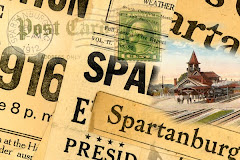 On the literary map, travel from Amherst, Massachusetts, to Hartford, Connecticut.
On the literary map, travel from Amherst, Massachusetts, to Hartford, Connecticut.Calculate: # _____________ Miles to Hartford, Connecticut
$ _____________ Cost for Gasoline to Hartford, Connecticut
Every morning the poet Wallace Stevens walked two miles from his home at 118 Westerly Terrace to his office at 690 Asylum Avenue. In the evening he walked back. He occupied himself on this pedestrian commute by composing poetry in his head. Even on weekends Stevens, who never learned to drive, enjoyed long walks in the city.
Visit Wallace Stevens at www.Poets.org and fill-in-the-blanks.
"Though he had serious determination to become a successful ______________, Stevens had several friends among the New York writers and painters in Greenwich Village, including the poets _________________________, ______________________, and _______________________. In ___________, under the pseudonym '___________,' he sent a group of poems under the title 'Phases'to Harriet Monroe for a war poem competition for Poetry magazine. Stevens did not win the prize, but was published by Monroe in November of that year. Stevens moved to ________ in 1916, having found employment at the Hartford Accident and Indemnity Company, of which he became vice president in _______. He had began to establish an identity for himself outside the world of law and business, however, and his first book of poems, ___________, published in ______, exhibited the influence of both the __________________ and the __________s, an inclination to aesthetic philosophy, and a wholly original style and sensibility: _________________________________ ."
Read "Anecdote of the Jar" and aswer the following questions.
Look up the meaning of the word anecdote in a dictionary. Is the title of this poem appropriate? Explain.
This poem has been interpreted in different ways: Some critics see the jar as a symbol of art or the human imagination, both giving order to chaotic nature. Others find the jar symbolic of human interference and tampering with nature. Find evidence in the poem to support either of these interpretations or your own interpretation.
Listen to and follow "Disillusionment of Ten O’Clock." Answer the questions.
What contrast is the poet making between the white nightgowns and the bright, colored ones? In what sense are the houses “haunted”?
How can this poem be interpreted as a protest against a dull, unimaginative way of life?



















